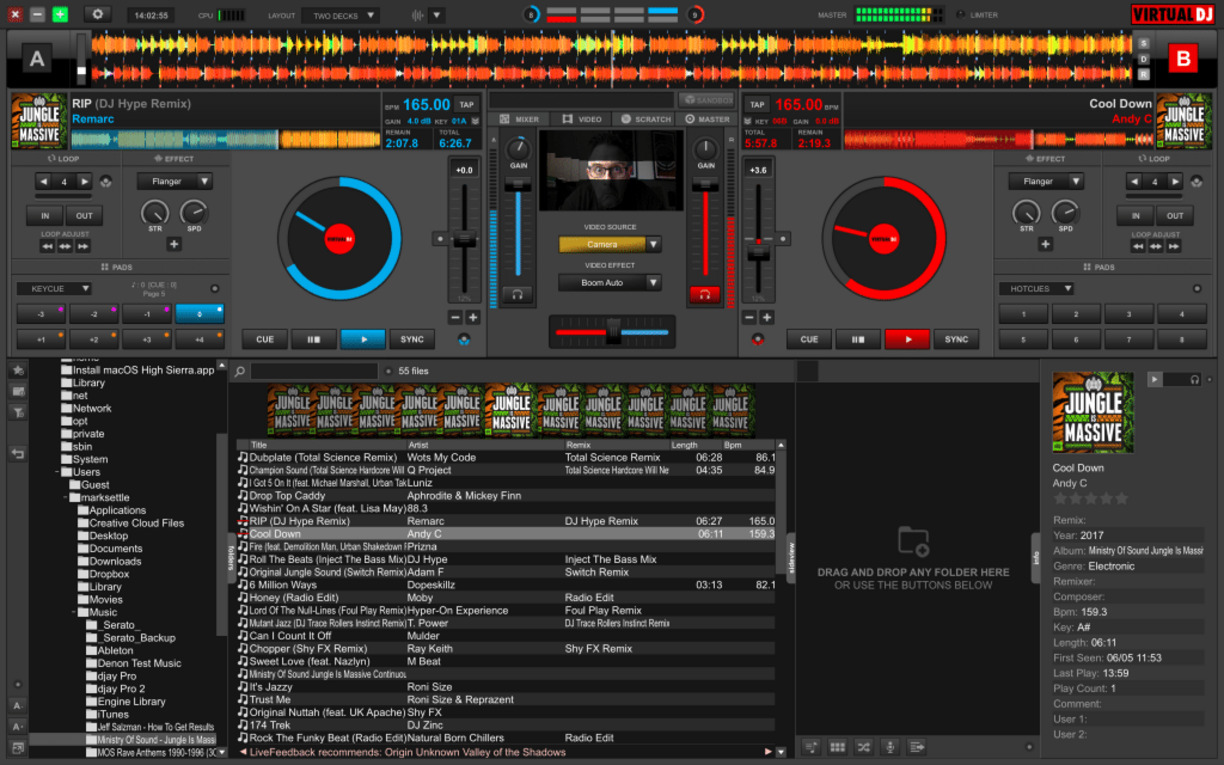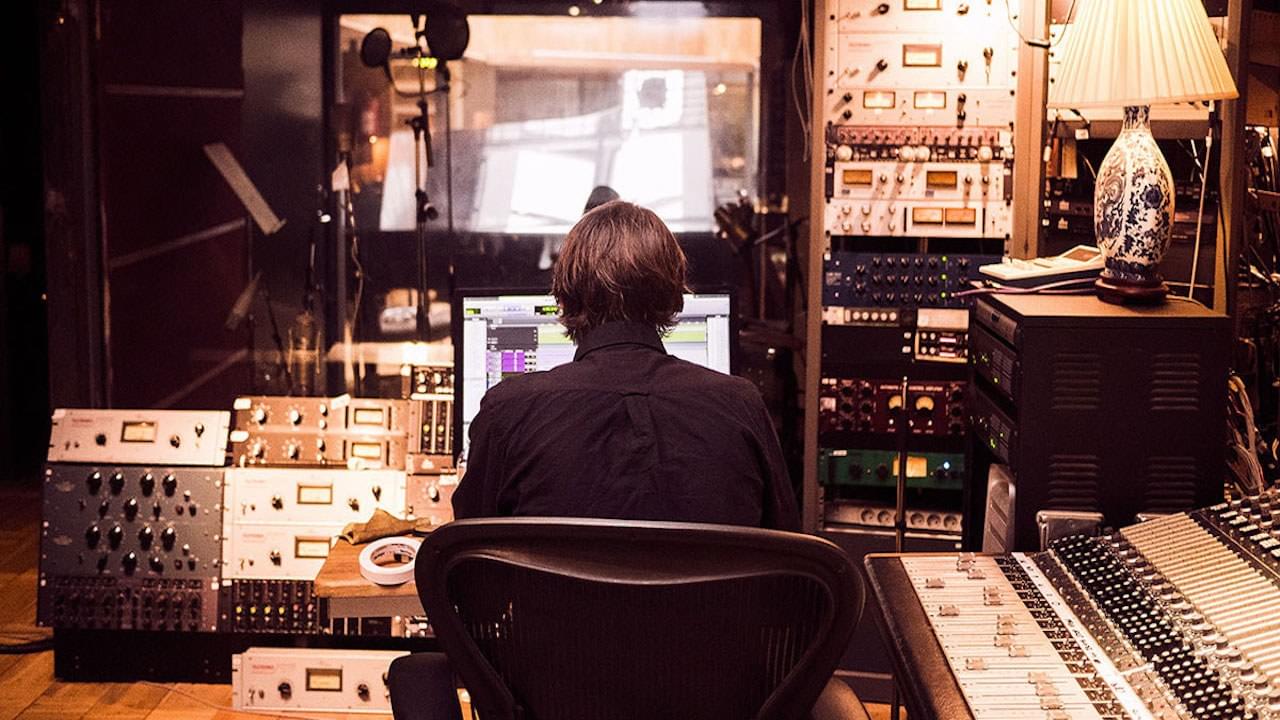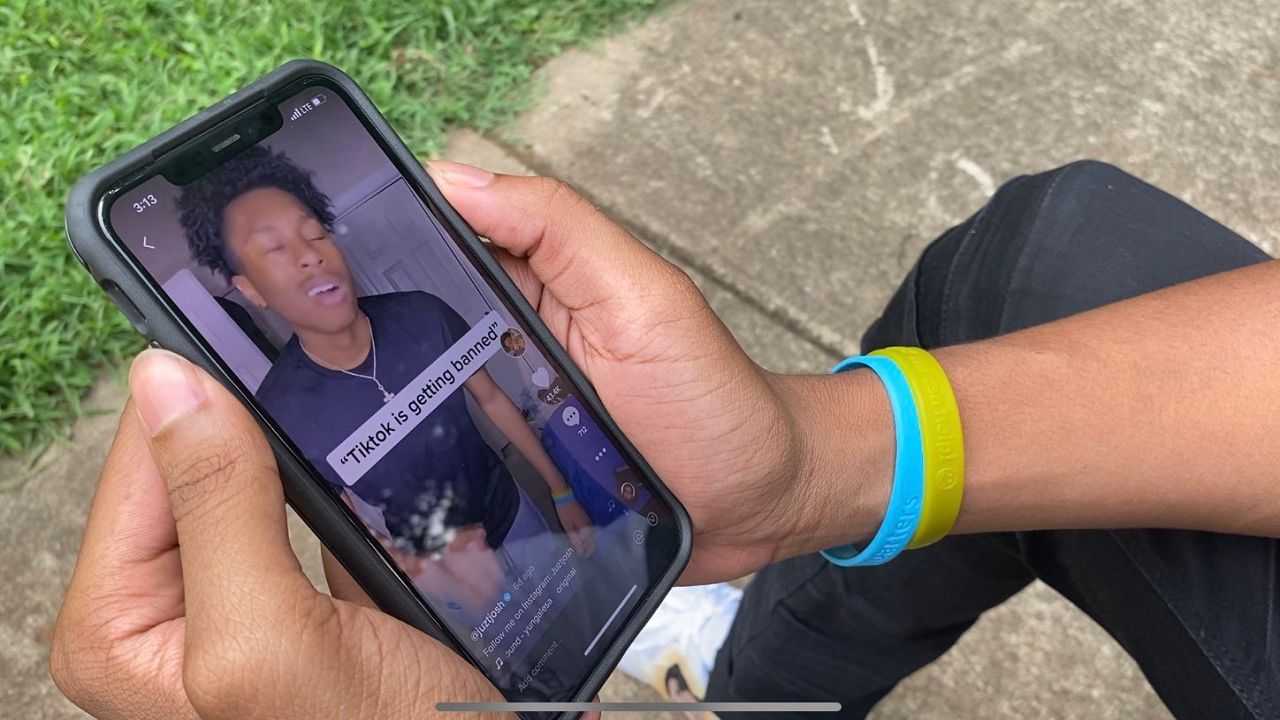Home>Production & Technology>Sound>How To Make Your Own TikTok Sound


Sound
How To Make Your Own TikTok Sound
Modified: January 22, 2024
Learn how to create your own unique TikTok sound and make your videos stand out. Enhance your content with customized audio effects and engage your audience.
(Many of the links in this article redirect to a specific reviewed product. Your purchase of these products through affiliate links helps to generate commission for AudioLover.com, at no extra cost. Learn more)
Table of Contents
Introduction
TikTok has taken the world by storm with its catchy soundtracks. Whether it’s a dance challenge, a lip-sync video, or a comedic sketch, the right sound can make all the difference in creating a viral TikTok video. But what if you want to stand out from the crowd and make your own unique TikTok sound?
In this article, we will guide you through the process of creating your own TikTok sound, step by step. We’ll cover everything from choosing a sound source to uploading and sharing your masterpiece with the TikTok community.
Creating your own TikTok sound not only allows you to express your creativity but also gives you the opportunity to leave your mark on the platform. Whether you’re a musician, a content creator, or just someone with a passion for sound, making your own sound can be a fun and rewarding experience.
So, if you’re ready to take your TikTok game to the next level, let’s dive into the steps and unleash your inner audio genius!
Step 1: Choose a Sound Source
The first step in creating your own TikTok sound is choosing a sound source. This can be anything from a song, a snippet of dialogue from a movie or TV show, a sound effect, or even your own voice. The key is to select a sound that fits the theme or mood you want to portray in your TikTok video.
If you’re a musician or a producer, you may want to start by creating your own original music or audio clip. This gives you complete control over the sound and allows you to showcase your musical talents. You can use music production software or even record using real instruments to create a unique and personalized sound.
If you’re not musically inclined, don’t worry! There are plenty of other options for finding the perfect sound for your TikTok video. You can explore online music libraries and licensing platforms that offer a wide range of pre-made sound clips that you can use for your videos. Just make sure to check the licensing agreements and give proper credit if required.
Another source of sound inspiration is movies and TV shows. You can extract a memorable quote or dialogue from a scene that resonates with your video concept. However, make sure to respect copyright laws and obtain the necessary permissions if you plan to use copyrighted material.
If you want to add some fun and quirky elements to your TikTok sound, you can also explore sound effect libraries. These libraries offer a vast collection of sound effects ranging from comedic noises to environmental sounds. Adding these sound effects to your video can help enhance the overall impact and make it more engaging for viewers.
Lastly, don’t underestimate the power of your own voice. You can record your own voiceover, narration, or even create unique sound effects using everyday objects. Experiment with different tones, accents, and styles to find the perfect sound that complements your video concept.
Remember, the key is to choose a sound source that aligns with your video’s theme, amplifies the message, and captures the viewer’s attention. Once you’ve selected your sound source, it’s time to move on to the next step: recording or downloading the sound.
Step 2: Record or Download the Sound
Now that you have chosen your sound source, it’s time to either record or download the sound. Depending on the type of sound you’ve selected, the process may vary.
If you’re creating your own original music or audio clip, you’ll need to record it using a microphone or your music production software. Set up your recording space in a quiet environment to capture clean and crisp sound. Experiment with different microphone placements and settings to find the optimal sound quality.
If you’re using a snippet of dialogue from a movie or TV show, you can extract the audio clip by using video editing software or online tools. Look for a scene that contains the dialogue you want to use and extract the audio from that specific section. Make sure to trim the audio clip to remove any unwanted parts or background noise.
For sound effects, you can either record them yourself or download them from online sound effect libraries. If you have access to a recording device, you can create your own sound effects by using everyday objects or by making noises with your mouth. This allows you to have complete control over the sound and add a personal touch to your TikTok video.
Alternatively, you can search for sound effect libraries online and download pre-made sound effects that match your video concept. There are numerous websites that offer free and paid sound effect libraries, so you’ll have plenty of options to choose from.
Once you have recorded or downloaded the sound, make sure to listen to it and check for any imperfections or background noise. You can use audio editing software to enhance the sound quality, adjust levels, and remove any unwanted noise. This will ensure that your TikTok sound is clear and professional-sounding.
Remember to save the sound file in a format that is compatible with TikTok, such as MP3 or WAV. This will make it easier to convert and upload the sound in the next step of the process.
Once you have your sound ready, it’s time to move on to the next step: editing the sound to make it perfect for your TikTok video.
Step 3: Edit the Sound
Now that you have your sound recorded or downloaded, it’s time to edit it to make it perfect for your TikTok video. Editing the sound involves refining the audio, adding effects, adjusting volume levels, and syncing it with your video.
If you’re using music, you can edit the sound by trimming the audio to the desired length. You can also use audio editing software to add fade-ins and fade-outs, adjust the EQ settings, and apply other audio effects to enhance the overall sound quality.
For dialogue or voiceovers, you can edit the sound by removing any background noise or imperfections. You can also make adjustments to the volume levels to ensure that the dialogue is clear and audible without overpowering the visuals of your TikTok video.
If you’re using sound effects, you can edit them by adjusting the timing and duration of the effects. For example, you can make a sound effect shorter or longer to match the specific action or movement in your video.
Additionally, you can get creative with your sound editing by adding filters, echoes, or other audio effects to give your TikTok sound a unique and compelling vibe. Experiment with different effects and settings to find the perfect sound that enhances your video concept.
Remember to test your edited sound by listening to it alongside your video footage. Ensure that the sound is synchronized perfectly with the visuals and that the overall audio-visual experience is seamless. You may need to make further adjustments to the sound or video to achieve the desired synchronization.
If you’re not familiar with audio editing software, there are numerous user-friendly applications and online tools available that can assist you in editing your sound. These tools often offer a wide range of features to help you refine your sound and create a professional result.
Once you’re satisfied with the edited sound, it’s time to move on to the next step: converting the sound to TikTok format.
Step 4: Convert the Sound to TikTok Format
Now that your sound is edited and final, it needs to be converted to a format that is compatible with TikTok. TikTok supports various audio formats, including MP3 and WAV. Converting your sound to the appropriate format ensures smooth uploading and playback on the platform.
If your sound is already in the correct format, you can skip this step and proceed to the next. However, if your sound is in a different format, you’ll need to use audio conversion software or online tools to convert it to the required format.
There are plenty of audio conversion applications and websites available that allow you to convert audio files easily. Simply upload your sound file and choose the desired output format. After the conversion process is complete, save the file to your device.
Before finalizing the conversion, it’s important to ensure that the sound maintains its quality. Some audio compression formats may result in a loss of audio fidelity. Choose a compression setting that balances file size and audio quality to ensure optimal playback on TikTok.
Once the sound file is converted to the appropriate format, make sure to give it a meaningful name. This will help you identify the sound easily when uploading it to TikTok.
It’s important to note that TikTok has certain guidelines and restrictions when it comes to uploading sounds. Make sure that the sound you’re uploading complies with these guidelines to avoid any copyright issues or violations.
Now that your sound is in the right format, it’s time to move on to the final step: uploading and sharing your sound on TikTok
Step 5: Upload and Share Your Sound
Congratulations! You’ve made it to the final step of creating your own TikTok sound. Now it’s time to upload and share your sound with the TikTok community.
To upload your sound, open the TikTok app and tap on the ‘+’ icon to create a new video. On the video editing screen, you’ll notice a music note symbol. Tap on it to access the TikTok sound library. From there, you can search for your sound by name or browse through your uploaded sounds. Once you find your sound, select it and tap on the ‘Done’ button.
After selecting your sound, you can customize it further by adjusting the volume level, adding effects like reverb or echo, or even applying a TikTok sound filter. Explore the available options and choose the ones that enhance the overall impact of your video.
Next, it’s time to create your video content. Record your TikTok video as you normally would, making sure to align your actions or lip-syncing with the sound. You can also add captions, effects, and filters to make your video more engaging.
Once you’re satisfied with your video, tap on the ‘Next’ button to proceed to the video editing screen. Here, you can add a caption, hashtags, and text overlays to provide context and encourage engagement with your TikTok sound.
Finally, tap on the ‘Post’ button to share your video with your followers and the wider TikTok community. Your sound will be available for others to use in their own videos, giving you the opportunity to watch the TikTok community create content inspired by your sound.
Promote your sound by sharing your TikTok video on other social media platforms such as Instagram, Twitter, or Facebook. Encourage others to use your sound in their videos by creating a challenge or tagging your sound in their captions. This can help increase the reach and visibility of your sound, potentially leading to more engagement and recognition.
Remember to engage with other TikTok users who use your sound in their videos. Like and comment on their content to show your appreciation and build a sense of community around your sound. Collaboration and engagement will help your sound gain popularity and exposure.
Keep in mind that TikTok is a dynamic platform, and trends can change quickly. To keep your sound relevant, stay updated with the latest TikTok trends and adapt your sound or create new sounds that align with the current popular culture and challenges.
With these steps, you now have the knowledge and tools to create and share your own TikTok sound. So go ahead, unleash your creativity, and let your unique sound resonate with the TikTok community!
Conclusion
Congratulations on completing the journey of creating your own TikTok sound! By following the steps outlined in this article, you have learned how to choose a sound source, record or download the sound, edit it to perfection, convert it to TikTok format, and finally, upload and share it with the TikTok community.
Creating your own TikTok sound is a fantastic way to express your creativity, showcase your musical talents, or add a unique touch to your videos. With the right sound, you can set the mood, evoke emotions, and make your TikTok content more engaging and memorable.
Remember to think outside the box when choosing a sound source. Whether it’s your own original music, a snippet of dialogue from a movie, a sound effect, or even your own voice, exploring different options will help you find the perfect sound that aligns with your video concept.
When it comes to recording or downloading the sound, ensure that it is of high quality and free from any background noise. This will help create a professional and captivating TikTok sound.
During the editing process, don’t be afraid to experiment with effects, adjust volume levels, and sync the sound with your video. Attention to detail in sound editing can take your TikTok videos to the next level and make them stand out from the crowd.
Converting your sound to the TikTok format is crucial to ensure smooth uploading and playback on the platform. Make sure to follow the guidelines and compress the sound appropriately while maintaining its quality.
Once your sound is ready to be shared, upload it to TikTok and watch your creation come to life. Engage with other TikTok users who use your sound, promote it on other social media platforms, and stay updated with the latest TikTok trends to keep your sound relevant and in-demand.
Creating your own TikTok sound is a journey of self-expression and creativity. So, let your imagination run wild, experiment with different sounds, and enjoy the process of creating captivating and memorable TikTok content!











